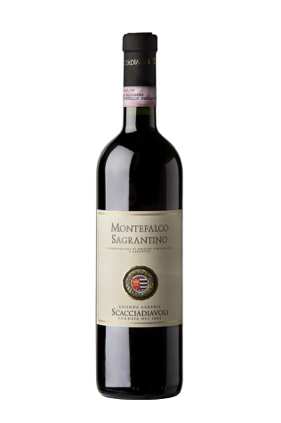
UMBRIA
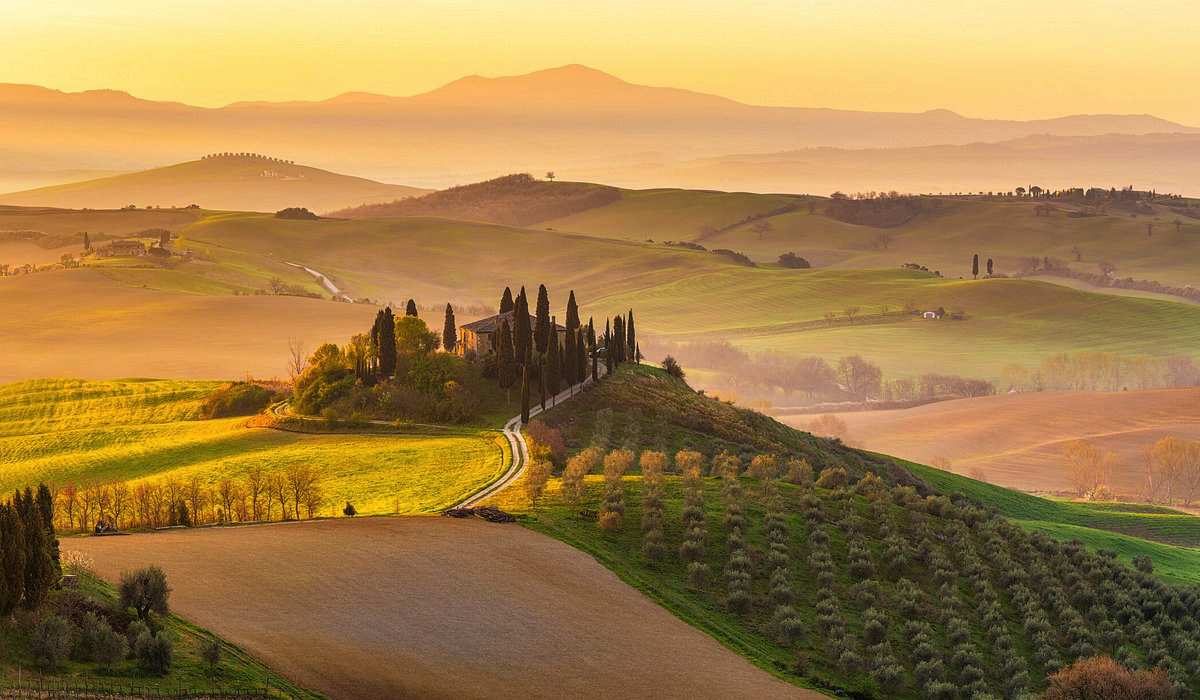
UMBRIA
Located in central Italy, Umbria gained its name from the Umbri, an ancient tribe of people who settled in the area around the 6thcentury BC. However, this is not the earliest civilisation to settle here, with archaeological proof dating back to the Bronze and Iron Ages. The Umbri tribe flourished early in Italian history, building civilised towns to the east of the region, including Spoleto, Gubbio, Città di Castello and the world-renowned Assisi.
Umbria is also known for being a hub of knowledge, being the home of one of the oldest universities in the world. Founded in 1308, the University of Perugia is a small university with impressive alumni, including multiple popes.
After many wars, peace and beauty now reside in the sleepy region of Umbria, a stark contrast to its turbulent history. Complete serenity is evident in the quintessential villages, rich history and breathtaking scenery that makes it an incredibly desirable holiday destination to visit.
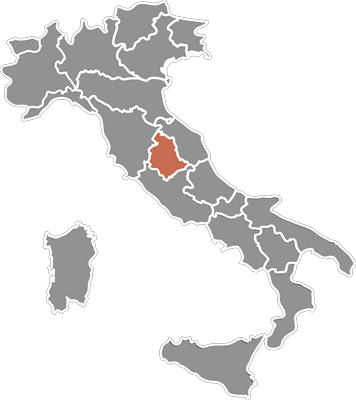
Known as the “Green Heart of Italy,” Umbria is the only landlocked region in the central part of the country, bordered by Tuscany, Marche and Lazio. Its enchanting medieval towns and rolling hills carpeted with olive groves and vineyards can make it appear as if time has stood still.
When it comes to winemaking, however, Umbria’s quality production makes it clear that time has indeed continued to march on. Often noted for its crisp, iconic white wine Orvieto, the region also makes intriguing reds that every wine lover should know.
Umbria is home to native red grape Sagrantino, as well as Sangiovese, Colorino and other indigenous Italian varieties. Producers also cultivate a smattering of international grapes, namely Merlot and Cabernet Sauvignon.
The region’s flagship reds, Montefalco Sagrantino and Torgiano Rosso Riserva, boast layers of complexity and ageworthy structures, while Montefalco Rosso and Rosso di Torgiano are generally more approachable. Umbria Indicazione Geografica Tipica (IGT), often made with international grapes, ranges from easy drinking to full-bodied and complex.
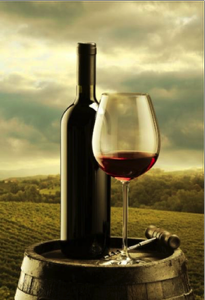
The Wines of Umbria
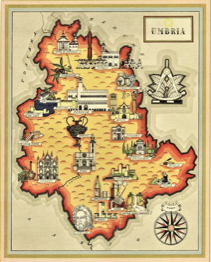
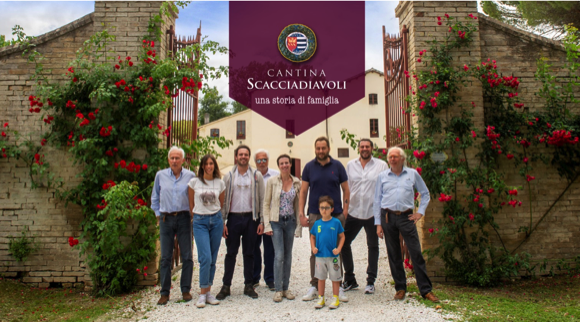
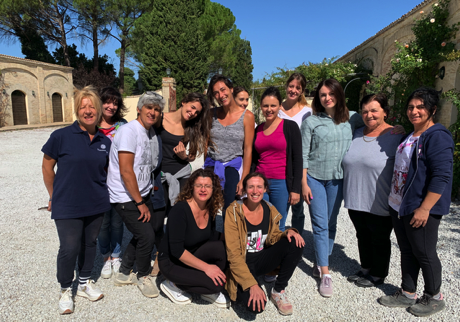
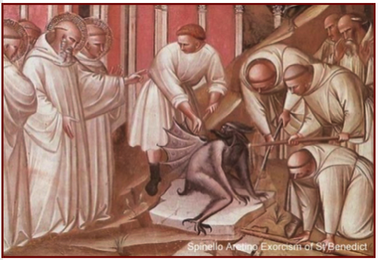
Tasting notes: Scacciadiavoli
Sagrantino di Montefalco DOCG Red, dry
100% Sagrantino
Production Area: Montefalco (Perugia)
Vineyard: Vineyard: 900 feet above sea level with a south, south-western exposure and a density of 2300 plants per acre.
Intense garnet with bricking. Open, racy nose of cocoa, mild spices, a touch of garrigue and subtle exotic wood. Beautiful velvety texture on the palate. A concentrated, nervy, lively wine with aroma still fairly backward and a vegetal finish. Wonderful.
Four hours of decant time and this needed it, the structure in this wine is big. The nose is dark fruit, plum, earth and deep spices. The palate is rigid with both tannins and acid but that does not hold back the enjoyment of the tight fruit and big structure. The finish is very long and very good. Sagrantino is an underappreciated and impressive grape.
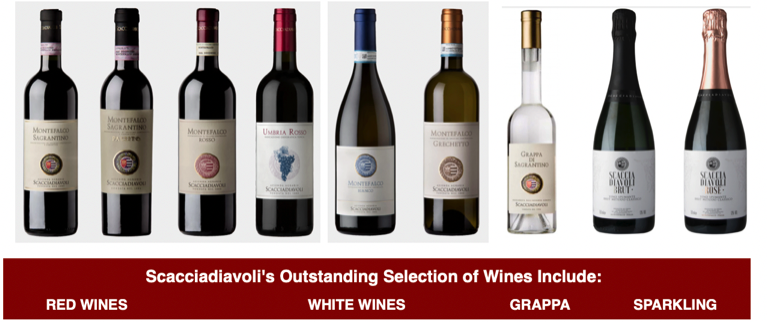
The Sagrantino Wine Festival begins... Settimana Enologica.
"Scacciadiavoli" means
"Chase Away the Devil"
Scacciadiavoli is one of the oldest
properties in Montefalco.
The name, Scacciadiavoli (from “scacciare” – to banish, and “diavoli” - devils), refers to an episode of exorcism in the 14th century . The story tells of a young woman possessed by the devil who was made to drink some local red wine by an exorcist, banishing the demon.
"You can banish your demons by drinking wines from the Sagrantino grape by Scacciadiavoli."
Sagrantino is a dark and dense wine that is nearly unique to Umbria. Its fruit profile ranges from black cherries to ripe blackberry, with many secondary spicy and earthy characteristics. A certain smokiness is sometimes noted in some examples, while sappy pine flavors have been observed in others. It is typically a wine that is both sweet and savory.
Sagrantino's high tannins and affinity for oak mean that it matures particularly well. This is reflected in the stipulation in the local wine law that it must not be released until it has aged for at least 37 months, including a minimum of 12 months in oak.
Fortunately, though, Sagrantino's tannins are not necessarily austere, and modern examples can be quite approachable in their youth. Sagrantino is more heavy bodied than Sangiovese, its traditional blending partner.
Sagrantino
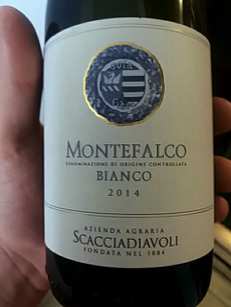
The Wines of Scacciadivoli
The wines produced are: Montefalco Sagrantino docg secco e passito, Montefalco Rosso doc, Montefalco Bianco doc , Montefalco Grechetto doc.In recent years the company unveiled the Spumante Brut Metodo Classico Bianco and Rosè from Sagrantino grapes.
The building where the wines are produced lies on a hill, with a vertical structure on four levels, of which one is below ground. The grape intake occurs on the top floor (at the level of the vines); the grapes are then moved to the floor below (second) by gravity-flow, where fermentation occurs. Stainless steel and wood containers for vinification are located on the second floor. On the ground floor there are tonneaux and large wooden barrels for the ageing of the Montefalco Rosso, and on the underground level there are oak barrels for the ageing of the Montefalco Sagrantino Secco and Passito wines.
The History of Scacciadivoli
Founded in 1884, the Scacciadiavoli (from scacciare – to banish, and diavoli – devils) winery takes its name from an exorcist that lived in a town at the borders of the property who used the wine for his rituals. It was conceived by Prince Ugo Boncompagni Ludovisi as a wine “industry”: an imposing oenological complex, highly advanced for its age. In 1954 Amilcare Pambuffetti, at 71, bought the Scacciadiavoli holding, where at the age of 14 he had worked as a farm hand.Upon his death in 1977 his sons Alfio, Settimio and Mario continued the activities that had begun with their father. In the year 2000 the Pambuffetti brothers (Francesco, Carlo, and Amilcare), the children of Settimio, in the name of an ancient tradition, decided to take the winery into their own hands – the oldest of its kind in the area.

